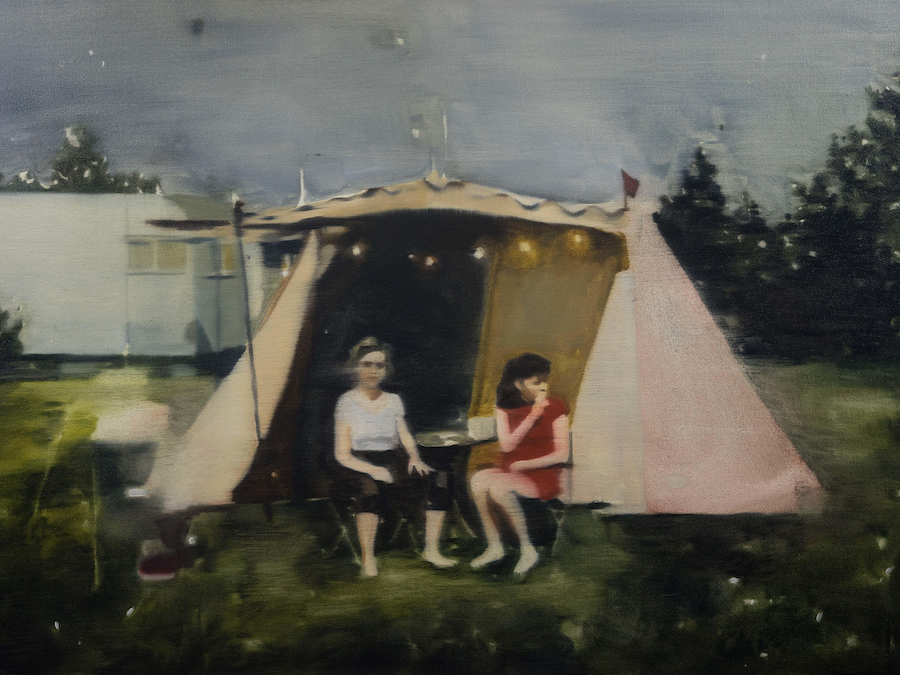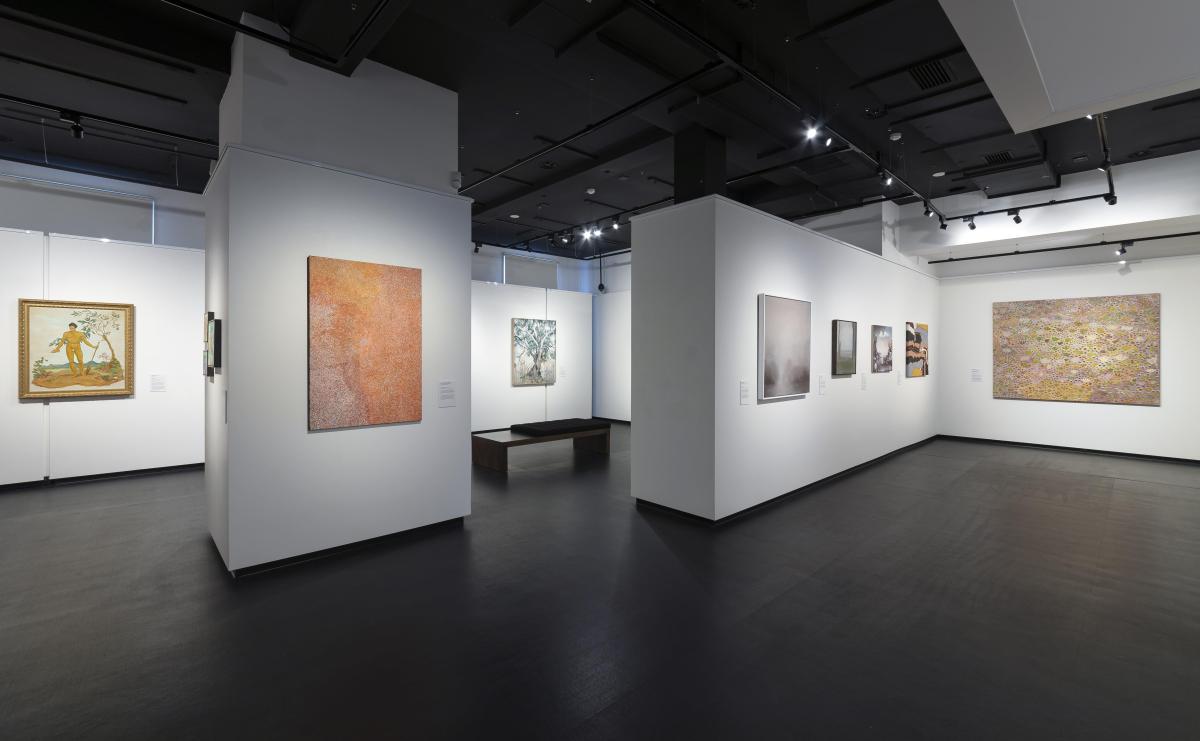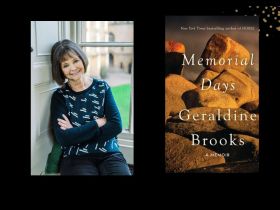One sign of a successful art prize is the rate at which it grows – the increasing number of artists who apply because they feel it offers a profile boost and career opportunity.
Established in 2015, the Bayside Acquisitive Art Prize (BAAP) has grown year-on-year, with entries last year increasing to around 700 entries. Bayside Gallery Curator, Joanna Bosse, said it was the biggest year since the prize was established.
Perhaps one of the appeals of the Prize is that BAAP celebrates contemporary Australian painting without being locked down by a specific genre or scale.
‘We are conscious of retaining that exciting breadth of painting practice. We want to enable visitors to see the diversity of Australian painting,’ Bosse said. ‘And being annual ensures it keeps artists more on the radar.’
In the finalists’ exhibition, landscape paintings will sit alongside portraits, abstractions, still life and surreal images. While that diversity presents a challenge for the judges, it also says ‘that there are no expectations from Council or any internal driver pushing for a winner,’ Bosse explained.
‘It really comes down to the best work on the day, and while “the best” is obviously a concept hard to quantify, the finalists’ exhibition demonstrates the calibre of the judges, and we take their professional standing seriously,’ she told ArtsHub.
Bosse believes that potential entrants can learn a lot by perusing the finalists’ works. Looking at the past winners – Dani McKenzi (2019), Moya McKenna (2018), Michael Vale (2017), Peter Westwood (2016) and Kevin Chin (2015) – Bosse said, ‘None are conventionally “popular”. Dani is very much an emerging artist, while Moya, Michael and Peter are all artists who have quite established careers and are highly regarded in the art world.
‘I think it’s a fascinating list,’ she added.
 Dani McKenzi, Camp (2019), winner of 2019 Bayside Acquisitive Art Prize. Image supplied.
Dani McKenzi, Camp (2019), winner of 2019 Bayside Acquisitive Art Prize. Image supplied.
Finding empathy in art prizes
Bosse believes that the role of art prizes has changed in the past decade. ‘Prizes today are not so much focused just on the end point, but are much more about process and professional development.’
She cited the Basil Sellers Prize at the Ian Potter Museum (VIC) and the Ramsay at the Art Gallery of South Australia (SA) as examples of how prizes have created a deeper impact within the art sector, offering decent artist fees, catalogues and professional support to the artists.
‘Yes it’s still a competition, but it is a springboard for all the finalists, and you want that to be a positive experience. Prizes can be hard territory and competitive. We try to uphold that respectful experience for artists,’ said Bosse.
Why an acquisitive prize keeps on giving
There are three prizes offered for the 2020 Bayside Acquisitive Art Prize: a $15,000 Major Prize (Acquisitive); $3,000 Local Art Prize, and $1,000 People’s Choice Award.
Bosse believes the impact of an acquisitive prize extends well beyond the eight-week finalists exhibition.
‘The winning work resonate well beyond just the moment,’ Bosse told ArtsHub. ‘It is part of a continuum, and legacy that offers another layer of engagement.’
She continued: ‘The gallery has a very modest acquisition budget and its collection policy means those works must have a demonstrable link to Bayside. This prize allows us to have access to more diverse contemporary works.’
 Installation view of the 2019 Bayside Acquisitive Art Prize exhibition, Bayside Gallery. Photo: Mark Ashkanasy
Installation view of the 2019 Bayside Acquisitive Art Prize exhibition, Bayside Gallery. Photo: Mark Ashkanasy
Advice on how to apply
BAAP attracts both emerging and established artists. One of the key conditions is that the work must be in the painting medium. The prize will only be awarded to a work that has not been exhibited in previous awards or prizes and made in the previous 12 months.
The judges for 2020 are: Ryan Johnston, Director, Buxton Contemporary; Louise Tegart, Director, Art Gallery of Ballarat, and Bosse herself.
‘While there will always be the blockbuster moment of the announcement, and it can be life-changing, that $15,000 can be a huge boost for an artist at any point in their career. And if you remove the money from the conversation, you are left with the fact that these works were selected because they caught a professional eye, that they are affirmation of an artists’ creative practice.’
She added that editing is a huge thing to learn as an artist. ‘It is about being confident in your own making and being able to say that [a work] is not there yet, and that I’m not happy for it to be out in the world. The best artists do it well – they are ruthless with themselves – and this is another great lesson that art prizes can teach us,’ Bosse concluded.
Key Dates for the 2020 Bayside Acquisitive Art Prize:
- Entries close: 5pm, Friday, 21 February 2020.
- Selection notification: By 31 March, 2020.
- Announcement and official opening: Thursday, 14 May 2020.
- Finalist exhibition dates: Thursday 14 May – Sunday 12 July 2020





